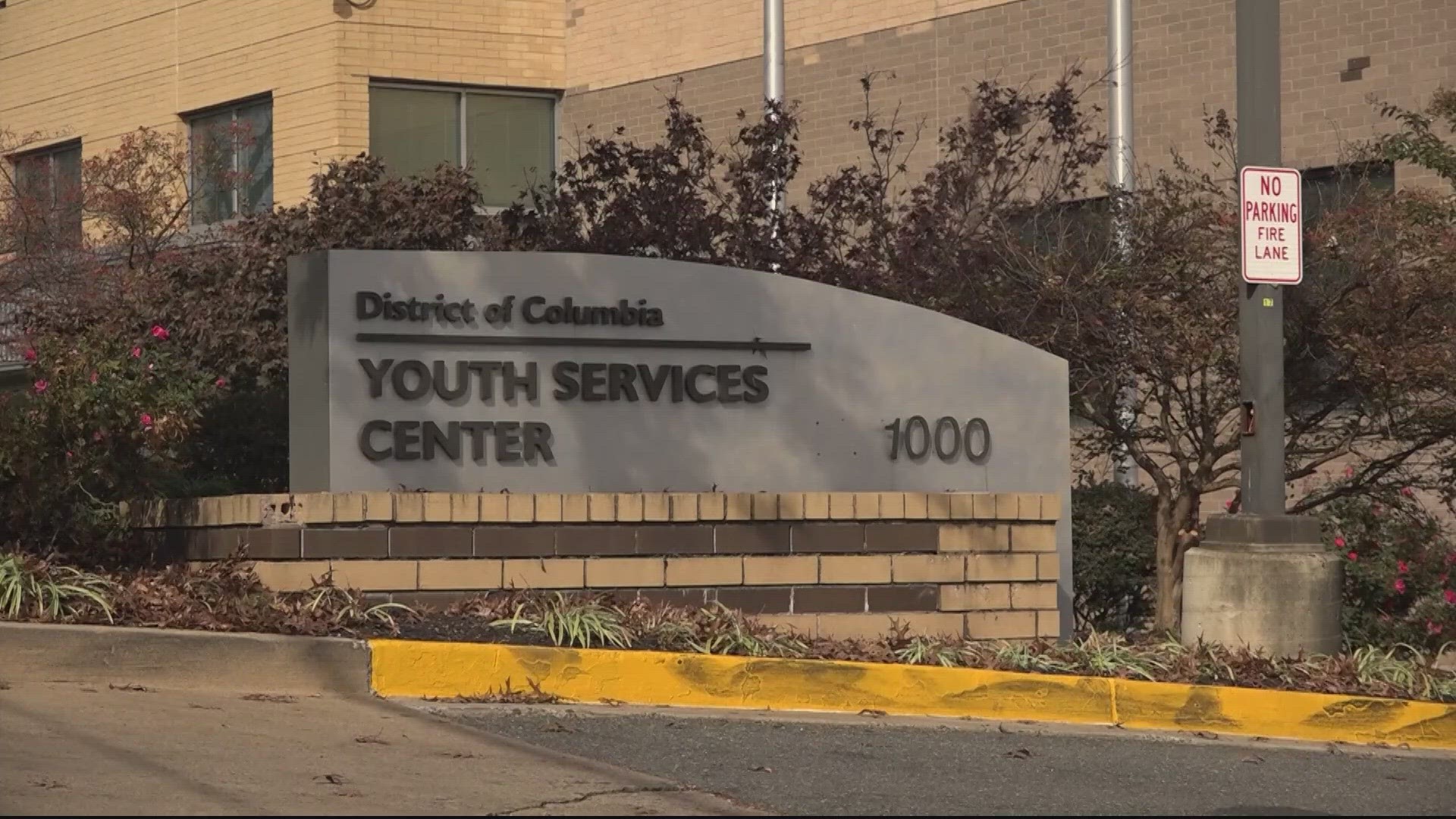A shelter house is a monitored group home for teens awaiting trial. It’s not a lockdown like Youth Services Center. The teens can still go to school and can earn home visits for good behavior.
But Monday afternoon, Abed told reporters shelter house space hasn’t been an issue until recently.
“We have not had an issue of girls shelter capacity until October,” he said. “And once that issue was raised, now we have raised capacity.”
But in court, Judge Andrea Hertzfeld said DYRS has been told to add shelter house space, especially for girls, since last December. And DYRS has failed to act.
Hertzfeld said that led to nine different incidents where judges ordered a juvenile offender to a shelter house, but DYRS couldn’t place them and ended up put them in that lockdown facility instead.
The judge said DYRS doesn’t have the legal right to do that.
In that same hearing, attorneys from Georgetown Law’s Juvenile Justice Clinic and Initiative asked that a 17-year-old girl, who was 16 at the time, be given financial compensation for being house at Youth Services Center for five days when she was ordered by the judge to be sent to a shelter house.
There has been a “historical problem with DYRS violating court orders” Hertzfeld told Abed in court, noting case loads for judges hearing juvenile criminal matters has increased by nearly 40% over the last year.
“This is a problem that is not going away,” the judge added.
Abed told the judge DYRS is now close to signing contracts to add 18-24 shelter home beds to the system. Although contracting shelter home beds for girls can be more difficult because most of those facilities are for boys.
DYRS is expected back in court to give the judge a status report on Dec. 6. The judge has not ruled on the motion from Georgetown Law’s Juvenile Justice Clinic and Initiative.
That teen was eventually released to her mother after being placed at YSC but was ordered back to a shelter house by Hertzfeld on Monday for failure to comply with the terms of her release, including destruction of property and failure to charge her GPS monitoring device.
"While increasing capacity at detention facilities might seem like a direct solution, it is fundamentally just another reactive measure that will do nothing to prevent harm or provide kids with the services they need to thrive," said Eduardo Ferrer, policy director at Georgetown University's Juvenile Justice Initiative. "True prevention lies in engaging DC's youth through education, community support, counseling, and proactive programs that build on their strengths and address their needs before they become system-involved. We must shift our energy from Band-Aids that focus on controlling and confining youth to long-term solutions that nurture and empower them."

